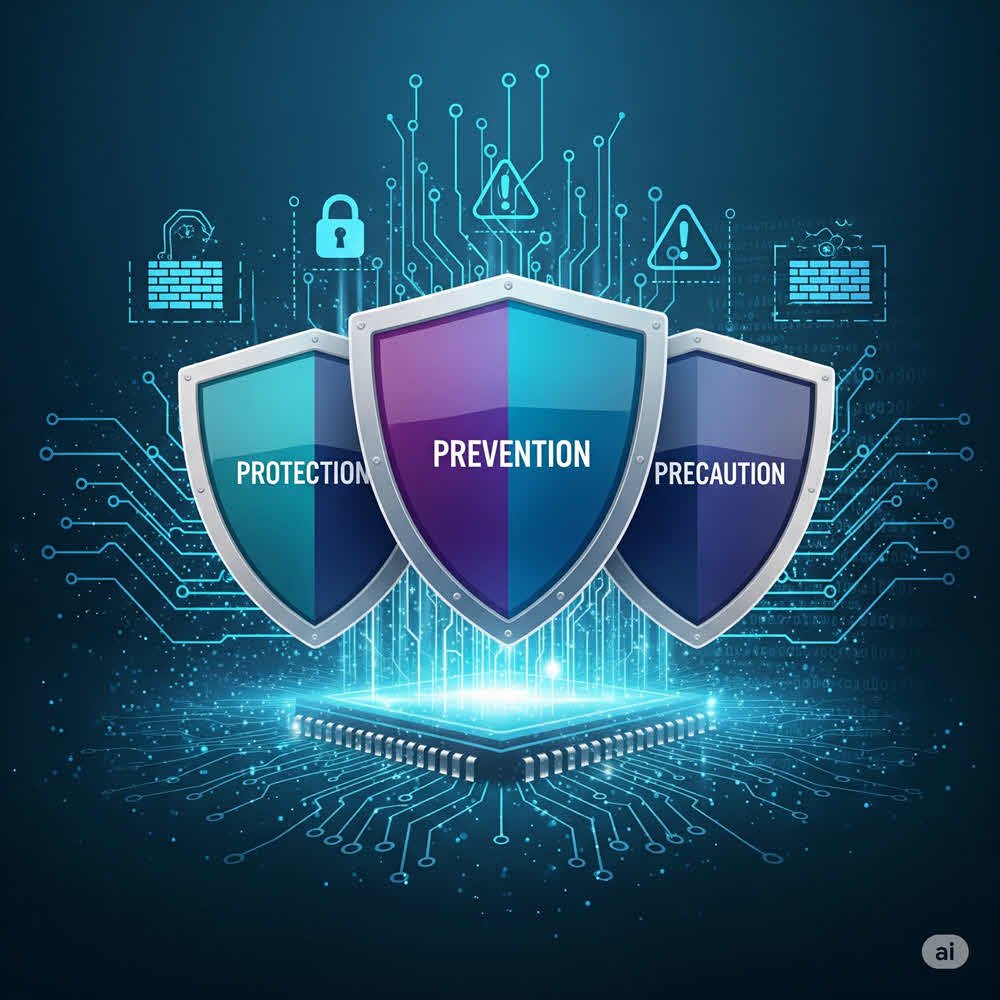
Top 10 Best Practices for Software Development Security
Last updated: October 30, 2025 Read in fullscreen view
- 10 Apr 2022
 Agile self-organizing teams: What are they? How do they work? 28/435
Agile self-organizing teams: What are they? How do they work? 28/435 - 21 May 2022
 "Fail Fast, Fail Often, Fail Forward" is the answer to Agile practices of software success 18/941
"Fail Fast, Fail Often, Fail Forward" is the answer to Agile practices of software success 18/941 - 12 Oct 2022
 14 Common Reasons Software Projects Fail (And How To Avoid Them) 10/504
14 Common Reasons Software Projects Fail (And How To Avoid Them) 10/504 - 05 Feb 2024
 Bespoke Solution: Visitor Management System for Corporate 10/221
Bespoke Solution: Visitor Management System for Corporate 10/221 - 28 Jul 2022
 POC, Prototypes, Pilots and MVP: What Are the Differences? 6/606
POC, Prototypes, Pilots and MVP: What Are the Differences? 6/606 - 13 Oct 2021
 Outsourcing Software Development: MVP, Proof of Concept (POC) and Prototyping. Which is better? 6/424
Outsourcing Software Development: MVP, Proof of Concept (POC) and Prototyping. Which is better? 6/424 - 05 Mar 2021
 How do you minimize risks when you outsource software development? 5/317
How do you minimize risks when you outsource software development? 5/317 - 20 Nov 2022
 Agile working method in software and football 5/323
Agile working method in software and football 5/323 - 31 Aug 2022
 What are the best practices for software contract negotiations? 5/215
What are the best practices for software contract negotiations? 5/215 - 07 Oct 2025
 Case Study: Using the “Messaging House” Framework to Build a Digital Transformation Roadmap 5/45
Case Study: Using the “Messaging House” Framework to Build a Digital Transformation Roadmap 5/45 - 16 Mar 2023
 10 Reasons to Choose a Best-of-Breed Tech Stack 5/167
10 Reasons to Choose a Best-of-Breed Tech Stack 5/167 - 04 Oct 2022
 Which ERP implementation strategy is right for your business? 4/278
Which ERP implementation strategy is right for your business? 4/278 - 01 Dec 2023
 Laws of Project Management 3/249
Laws of Project Management 3/249 - 05 Sep 2023
 The Cold Start Problem: How to Start and Scale Network Effects 3/167
The Cold Start Problem: How to Start and Scale Network Effects 3/167 - 18 Jul 2021
 How To Ramp Up An Offshore Software Development Team Quickly 3/516
How To Ramp Up An Offshore Software Development Team Quickly 3/516 - 12 Dec 2021
 Zero Sum Games Agile vs. Waterfall Project Management Methods 3/373
Zero Sum Games Agile vs. Waterfall Project Management Methods 3/373 - 28 Oct 2022
 Build Operate Transfer (B.O.T) Model in Software Outsourcing 2/361
Build Operate Transfer (B.O.T) Model in Software Outsourcing 2/361 - 17 Jun 2021
 What is IT-business alignment? 2/343
What is IT-business alignment? 2/343 - 12 Oct 2020
 The Agile Manifesto - Principle #8 2/447
The Agile Manifesto - Principle #8 2/447 - 07 Oct 2020
 How To Manage Expectations at Work (and Why It's Important) 2/266
How To Manage Expectations at Work (and Why It's Important) 2/266 - 04 Oct 2021
 Product Validation: The Key to Developing the Best Product Possible 2/295
Product Validation: The Key to Developing the Best Product Possible 2/295 - 03 Jul 2022
 Manifesto for Agile Software Development 2/240
Manifesto for Agile Software Development 2/240 - 01 May 2024
 Warren Buffett’s Golden Rule for Digital Transformation: Avoiding Tech Overload 2/188
Warren Buffett’s Golden Rule for Digital Transformation: Avoiding Tech Overload 2/188 - 17 Mar 2025
 Integrating Salesforce with Yardi: A Guide to Achieving Success in Real Estate Business 2/140
Integrating Salesforce with Yardi: A Guide to Achieving Success in Real Estate Business 2/140 - 12 Aug 2024
 Understanding Google Analytics in Mumbai: A Beginner's Guide 1/84
Understanding Google Analytics in Mumbai: A Beginner's Guide 1/84 - 06 Mar 2024
 [SemRush] What Are LSI Keywords & Why They Don‘t Matter /131
[SemRush] What Are LSI Keywords & Why They Don‘t Matter /131 - 24 Aug 2022
 7 Ways to Improve Software Maintenance /276
7 Ways to Improve Software Maintenance /276 - 01 Dec 2022
 Difference between Set-based development and Point-based development /298
Difference between Set-based development and Point-based development /298 - 05 Jun 2023
 Bespoke Solution: Annual Maintenance Contract (AMC) Software /179
Bespoke Solution: Annual Maintenance Contract (AMC) Software /179 - 01 Jun 2022
 How Your Agile Development Team is Just Like a Football Team? /206
How Your Agile Development Team is Just Like a Football Team? /206 - 28 Nov 2023
 Scrum Team Failure — Scrum Anti-Patterns Taxonomy (3) /228
Scrum Team Failure — Scrum Anti-Patterns Taxonomy (3) /228 - 01 Mar 2022
 Why Does Scrum Fail in Large Companies? /243
Why Does Scrum Fail in Large Companies? /243 - 19 Oct 2021
 Software development life cycles /628
Software development life cycles /628 - 27 Oct 2020
 8 principles of Agile Testing /1195
8 principles of Agile Testing /1195 - 09 Oct 2022
 Key Advantages and Disadvantages of Agile Methodology /666
Key Advantages and Disadvantages of Agile Methodology /666 - 10 Oct 2022
 Should Your Business Go Agile? (Infographic) /107
Should Your Business Go Agile? (Infographic) /107 - 02 Nov 2022
 Frequently Asked Questions about Agile and Scrum /372
Frequently Asked Questions about Agile and Scrum /372 - 16 Jul 2022
 What are disadvantages of Agile Methodology? How to mitigate the disadvantages ? /353
What are disadvantages of Agile Methodology? How to mitigate the disadvantages ? /353 - 21 Oct 2022
 Virtual meeting - How does TIGO save cost, reduce complexity and improve quality by remote communication? /166
Virtual meeting - How does TIGO save cost, reduce complexity and improve quality by remote communication? /166
Built on Protection, Prevention, and Precaution
In the age of cloud-native applications, AI-driven platforms, and global connectivity, software development security is no longer a technical afterthought—it’s a core responsibility. Yet beyond firewalls, encryption, and code scanning tools, lies a softer but equally powerful triad: Protection, Prevention, and Precaution.
Let’s explore the top 10 security best practices every developer and team should implement—with a focus on these three subtle yet strategic elements.
1. Adopt a Security-First Mindset (Precaution)
Security should start in your culture—not in your tools. Educate your team on secure coding practices, common vulnerabilities, and security awareness. This mindset builds a precautionary culture where people act before problems arise.
2. Shift Left on Security (Prevention)
Move security checks as early as possible into the SDLC. Use static analysis tools, linters, and secure coding guidelines during development—not after deployment. This prevents vulnerabilities from becoming liabilities.
3. Implement Role-Based Access Control (Protection)
Avoid the temptation of giving all users admin privileges. Use RBAC (Role-Based Access Control) to ensure that users only have access to what they need. This limits potential damage and protects the core systems from insider and outsider threats.
4. Use Secure Defaults (Precaution + Prevention)
Don't rely on users or developers to configure everything manually. Offer secure defaults such as encrypted data storage, strong password requirements, and HTTPS by default. This is a smart precaution and an effective preventive measure.
5. Perform Regular Code Reviews with a Security Focus (Prevention)
Code reviews aren't just for logic errors and performance. Train reviewers to look for security red flags like SQL injections, hardcoded secrets, or insecure libraries. Catching flaws early prevents breaches before they ever exist.
6. Monitor Dependencies & Use Trusted Libraries (Protection)
Open-source is powerful—but dangerous when unmonitored. Use tools to track vulnerabilities in dependencies (e.g., Snyk, OWASP Dependency-Check) and always prefer protected, maintained libraries over unknown packages.
7. Encrypt Data at Rest and in Transit (Protection)
Encryption is your first and last line of protection. All sensitive data—user credentials, payment info, API keys—should be encrypted. Use TLS/SSL for transport and strong cryptographic standards for storage.
8. Create a Secure CI/CD Pipeline (Prevention + Precaution)
Your deployment pipeline should include security checks: vulnerability scanning, container hardening, and integrity validation. Automate these as part of your preventive strategy and as a precaution against future regressions.
9. Log Smartly, Monitor Continuously (Precaution)
Log abnormal behavior, failed logins, unexpected API calls, etc., and use automated alerts. This allows you to take precautionary actions in real-time, or at least detect issues before they escalate into breaches.
10. Prepare an Incident Response Plan (Protection + Precaution)
Even with the best intentions, breaches can happen. Having a well-documented, rehearsed incident response plan is a form of protection against chaos and a precaution that ensures rapid, intelligent action when seconds count.
Final Thoughts: Security as a Soft Skill
In a field dominated by tooling and frameworks, it’s easy to forget that some of the most powerful security practices are soft, human-driven decisions rooted in protection, prevention, and precaution.
Security is not just about stopping attacks. It’s about anticipating them. It's about creating resilient, self-aware teams and systems. Adopt these best practices today—and let the three Ps guide your development tomorrow.
Tran Quang Huy
Automation Lead, TIGO Solutions





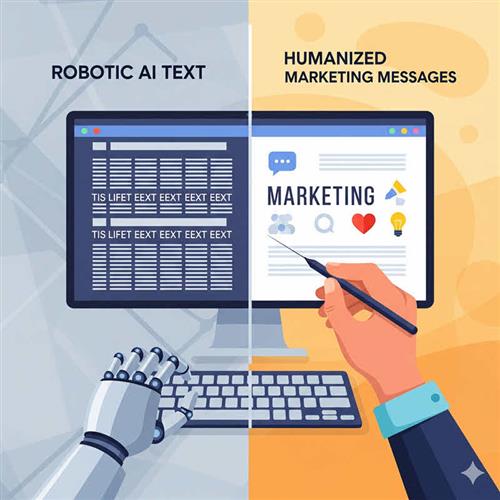



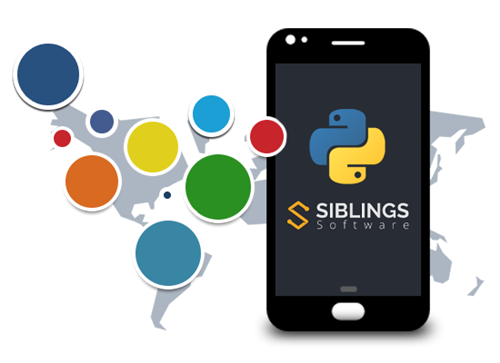





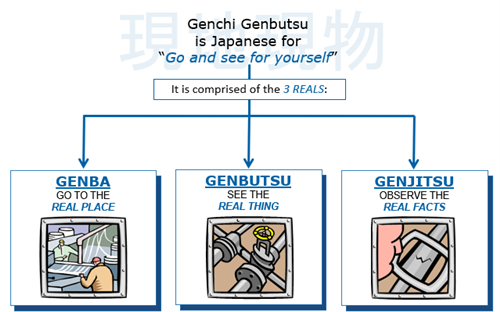
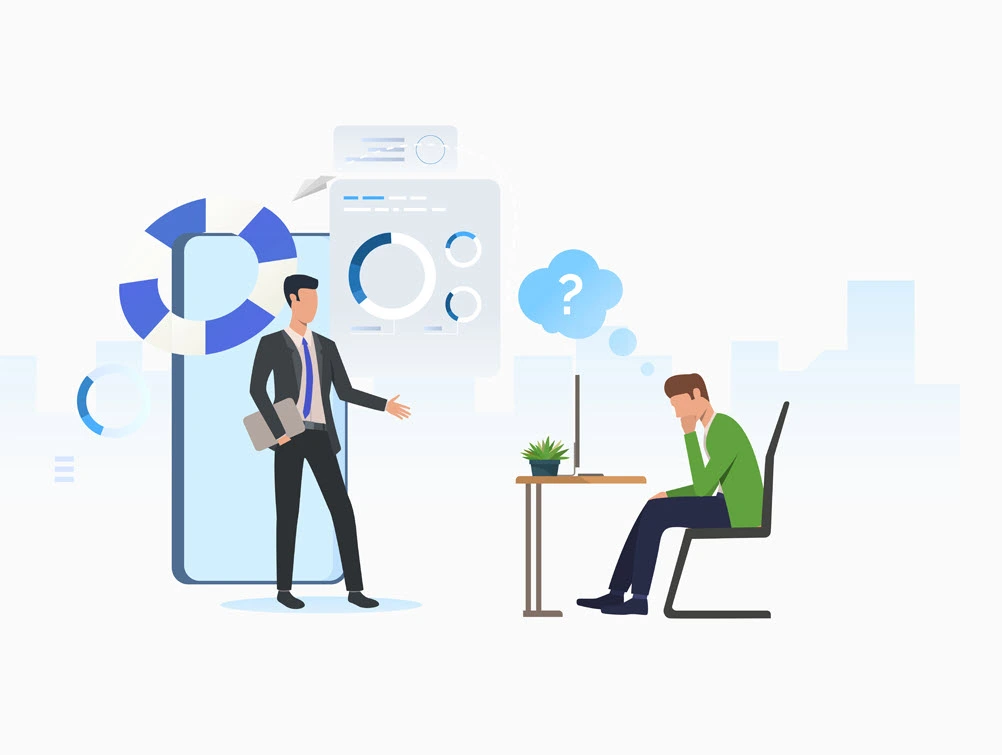

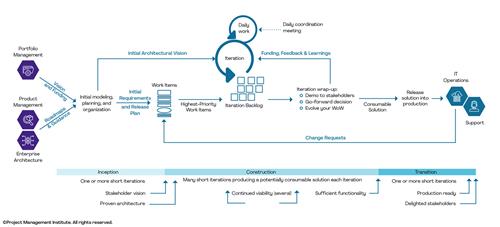

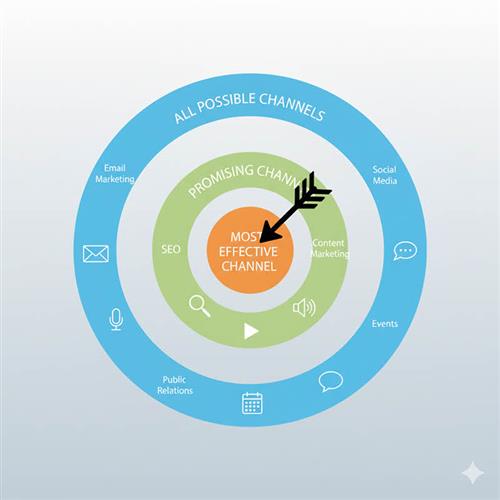


26072024043639_thumb.jpg)










 Link copied!
Link copied!
 Recently Updated News
Recently Updated News